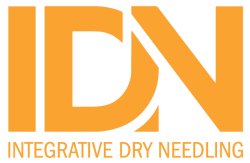Unnecessary Needling: A Case of Iatrogenic Pneumothorax Following Dry Needling Procedure for Chronic Myofascial Pain
Cureus. 2024 Dec 20;16(12):e76055. doi: 10.7759/cureus.76055. eCollection 2024 Dec. ABSTRACT This case report highlights a complication of pneumothorax associated with dry needling


